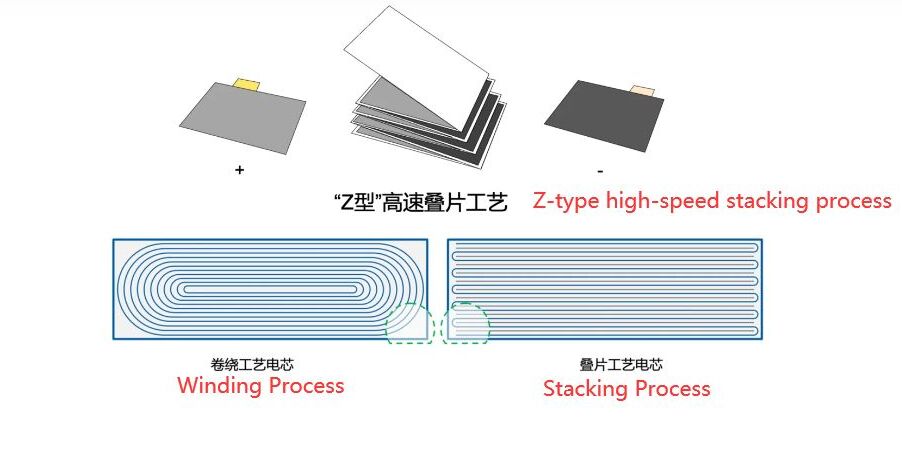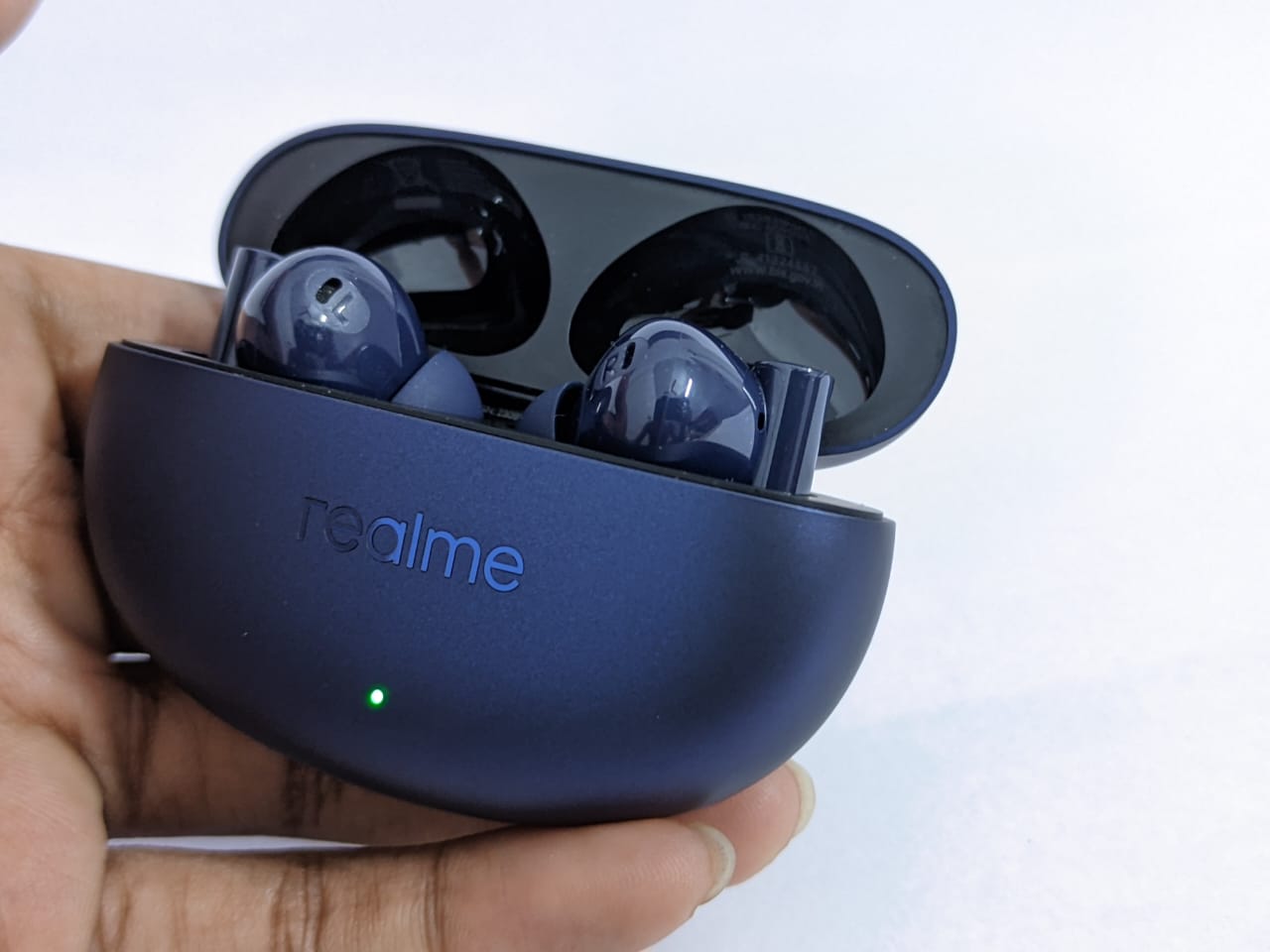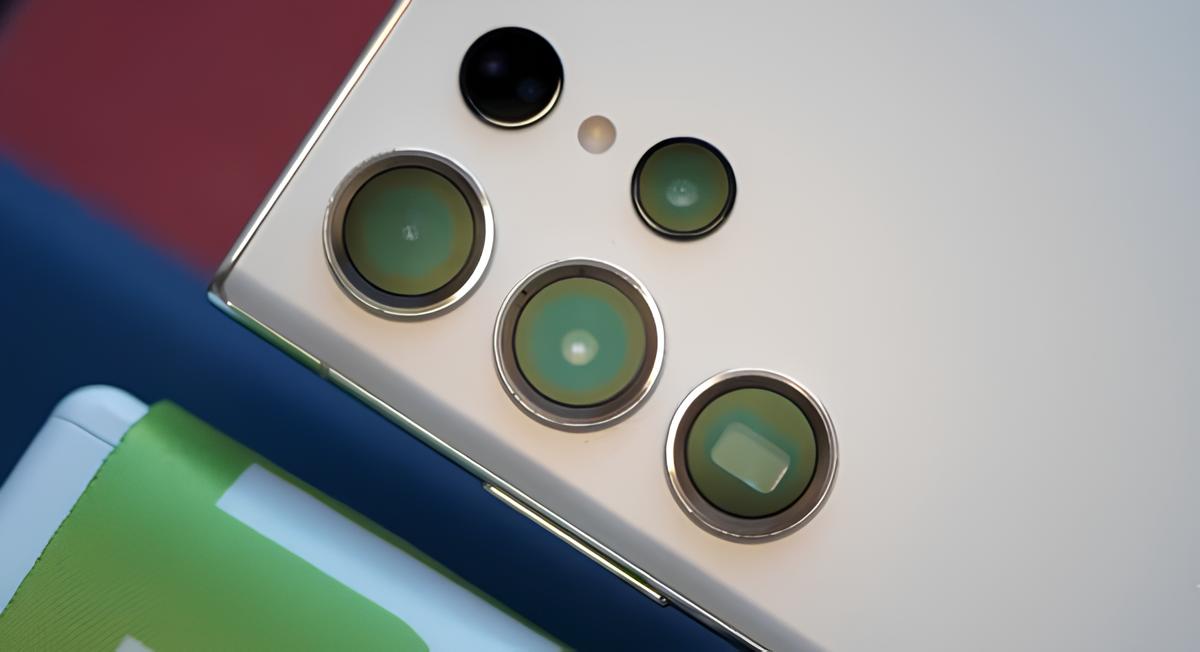The stacked battery technology may help the Galaxy S24 series achieve a higher battery capacity with better utilization of space. Additionally, stacked technology makes faster charging easier to implement, as multiple sells stacked on top of each other are charged simultaneously.
How is the stacked battery technology different?
Stacked battery technology helps utilize the space inside the smartphone more effectively. The space inside a smartphone for the battery is usually rectangular. As you can see from the image, the stacked battery cell assembly can utilize the space better, resulting in higher battery capacity within the same space.

Advantages of stacked battery
- Makes faster charging easy to implement
- Reduces stress due to thermal expansion
- higher energy density
There are multiple cells connected parallelly as compared to the single cell of a conventional li-ion battery. The benefit comes from the fact that now all the cells can be charged at the same time, that indicates faster charging speeds.
Additionally, When the battery is charged, it generates heat, and the anode and cathode plates are subjected to thermal expansion. In the traditional rolling layout, thermal expansion in the inner portion of the cell generates a lot of stress. In contrast, in a stacked assembly, all the individual layers are free to expand as required.
Stacked batteries pack more chemical contents within the same space, thanks to this more efficient packing method.
However, this new technology does not make the battery any lighter, so the Galaxy S24 Ultra won’t benefit from it in terms of weight. Overall, this stacked battery assembly represents more of an improvement over current Li-ion battery technologies than a revolutionary breakthrough.
Battery capacities of the Galaxy S24+ and S24 Ultra
Some test certificates that were published online suggest that the Galaxy S24+ is going to have an approximate battery capacity of 4900 mAh (S23+ had 4700mAh), and the Galaxy S24 Ultra will remain at 5000 mAh.
The S23 Ultra has already excellent battery life, and increasing the battery capacity further would also lead to an increase in its weight, which could be a reason for not increasing the capacity here.
Also in the news – The Galaxy S24 series will bring Exynos back to the market.
Exynos chips are usually more power-hungry than their Snapdragon counterparts. So, using higher capacity batteries in the S24 series may also be necessary to maintain good battery life on the Exynos variants compared to their predecessors with the power-efficient 8 Gen 2 chip.


